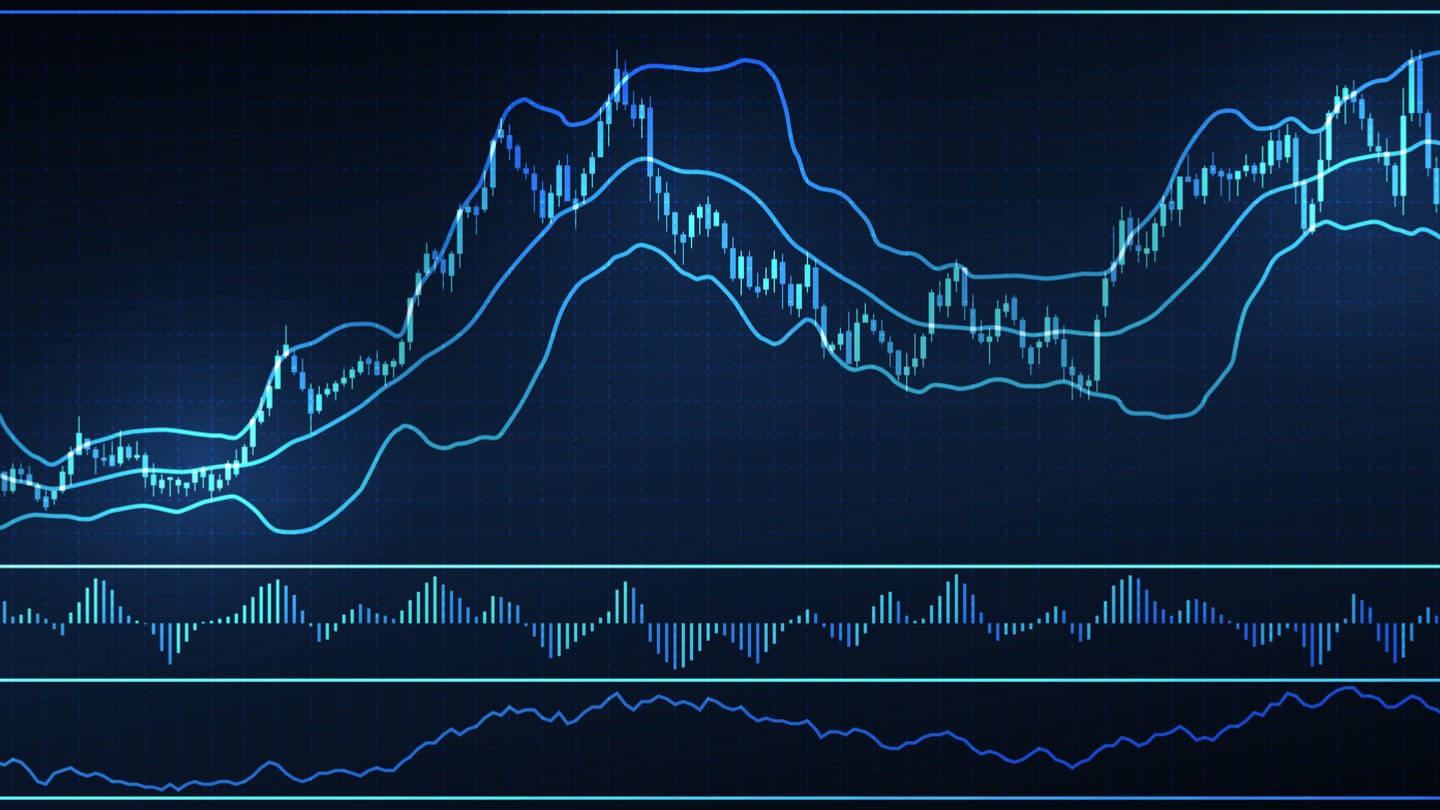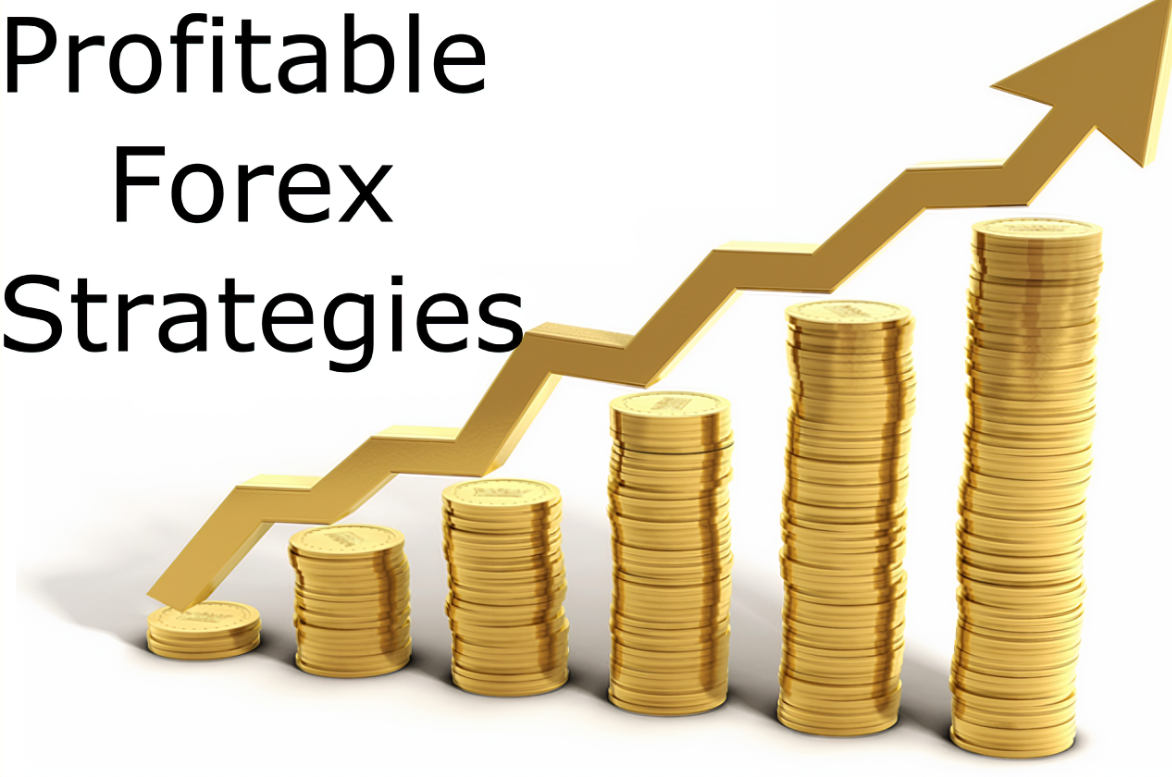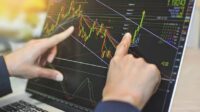Profitable Precision: A Comprehensive Guide to Configuring Your Forex Trading Station
In the fast-paced world of forex trading, success is often synonymous with precision. Every detail, from the physical setup of your trading station to the strategies you employ, plays a crucial role in determining your profitability. In this comprehensive guide, we will delve into the intricate process of configuring your forex trading station for optimal results.
Definition of Forex Trading Station
Forex trading stations are the nerve centers of currency trading activities. They encompass a combination of hardware, software, and ergonomic considerations to provide traders with a conducive environment for analysis and execution.
Importance of Configuring the Trading Station
The way you configure your trading station can significantly impact your trading performance. A well-optimized setup not only enhances efficiency but also contributes to better decision-making and risk management.
Setting Up the Physical Environment
Ergonomic Considerations
Trading for extended periods requires a comfortable and ergonomically sound environment. Investing in a supportive chair and a suitable desk can prevent discomfort and enhance focus during trading sessions.
Dual Monitor Setup for Efficiency
Efficiency is key in forex trading. A dual monitor setup allows traders to monitor multiple currency pairs simultaneously, facilitating quicker decision-making and analysis.
Choosing the Right Desk and Chair
The importance of the right desk and chair cannot be overstated. Traders should prioritize comfort and functionality to create a workspace conducive to long hours of focused trading.
Selecting the Ideal Trading Software
Overview of Forex Trading Platforms
Choosing the right trading platform is a critical decision for forex traders. An overview of popular platforms and their features will aid in making an informed choice.
Key Features to Look for
Not all trading platforms are created equal. We will explore the key features that traders should prioritize, including user interface, speed, and reliability.
Customization Options for Personalization
Personalization is the hallmark of a well-configured trading station. Understanding how to customize your trading software ensures that it aligns with your unique trading style and preferences.
Optimal Hardware Configuration
Computer Specifications
Adequate hardware is the backbone of a trading station. We will discuss the ideal computer specifications to handle the demands of real-time trading and analysis.
High-Speed Internet Connection
A reliable and high-speed internet connection is non-negotiable for forex traders. Lag or downtime can result in missed opportunities or costly mistakes.
Importance of Backup Systems
In the unpredictable world of forex, technical issues are inevitable. Implementing backup systems ensures that traders can continue trading seamlessly even in the face of unexpected hardware failures.
Customizing Charting and Analysis Tools
Indicators and Their Significance
Chart analysis is a fundamental aspect of forex trading. Understanding the significance of indicators and how to use them aids in making informed trading decisions.
Configuring Time Frames
Time frames play a crucial role in market analysis. Traders should understand how to configure and use different time frames for accurate trend analysis and entry/exit points.
Personalizing Chart Templates
Creating personalized chart templates streamlines the analysis process. We will explore how traders can customize their charts to suit their specific needs and preferences.
Risk Management Strategies
Setting Stop-Loss and Take-Profit Levels
Effective risk management is the key to longevity in forex trading. Setting appropriate stop-loss and take-profit levels ensures that losses are controlled and profits are secured.
Utilizing Risk-Reward Ratios
Balancing risk and reward is a delicate art. We will discuss how to calculate and implement risk-reward ratios to maximize profitability while minimizing potential losses.
Diversification Techniques
Diversification is a risk management strategy that involves spreading investments across different assets. We will explore how diversification can be applied in forex trading to mitigate risk.
Automation with Expert Advisors
Understanding Expert Advisors (EAs)
Expert Advisors (EAs) automate trading strategies. Traders will gain insights into the benefits of using EAs and understand when and how to deploy them.
Creating and Installing EAs
For those new to EAs, this section will guide traders through the process of creating and installing these automated tools, allowing for hands-free trading.
Monitoring and Adjusting Automated Strategies
While automation can be powerful, it requires ongoing
monitoring and adjustments. Traders will learn how to monitor the performance of their EAs and make necessary adjustments to optimize results.
Psychological Considerations
Emotion Management in Forex Trading
Emotions can cloud judgment and lead to impulsive decisions. Traders will discover strategies for managing emotions and maintaining a rational mindset during trading.
Establishing Trading Discipline
Discipline is a cornerstone of successful trading. This section will delve into techniques for establishing and maintaining discipline, even in the face of market uncertainties.
Balancing Confidence and Caution
Confidence is essential, but unchecked overconfidence can lead to reckless trading. We will explore the delicate balance between confidence and caution that successful traders navigate.
Keeping Up with Market News
Importance of Economic Calendars
Economic calendars provide vital information on upcoming events that can impact the market. Traders will learn how to use economic calendars for strategic decision-making.
Utilizing News Feeds and Alerts
Real-time news feeds and alerts keep traders informed about market developments. This section will guide traders on incorporating these tools into their trading routine.
Incorporating Fundamental Analysis
Understanding fundamental analysis is crucial for long-term success. Traders will gain insights into how economic indicators and news impact currency values.
Continuous Learning and Improvement
Staying Informed About Market Trends
Forex markets are dynamic, and staying informed is paramount. Traders will discover effective ways to stay updated on market trends and changes.
Reviewing and Analyzing Past Trades
Analyzing past trades is a valuable learning tool. This section will guide traders on how to review and learn from both successful and unsuccessful trades.
Seeking Education and Mentorship
Continuous learning is a hallmark of successful traders. We will explore the importance of seeking education and mentorship for ongoing improvement.
Security Measures
Protecting Trading Accounts
Security is a top priority in forex trading. Traders will learn best practices for securing their trading accounts against unauthorized access and potential threats.
Secure Internet Practices
Cybersecurity is crucial for protecting sensitive information. This section will highlight secure internet practices to safeguard against online threats.
Importance of Regular Software Updates
Keeping trading software up-to-date is essential for security and performance. Traders will understand the importance of regular updates and how to implement them.
Tax Considerations for Forex Traders
Understanding Tax Implications
Tax considerations are often overlooked but can significantly impact profits. Traders will gain insights into the tax implications of forex trading and how to stay compliant.
Keeping Detailed Records
Maintaining accurate records is crucial for tax reporting. This section will guide traders on the essential information to track for tax purposes.
Seeking Professional Advice
Given the complexity of tax regulations, seeking professional advice is prudent. Traders will understand the benefits of consulting with tax professionals for personalized guidance.
Evaluating Trading Performance

Tracking and Analyzing Trades
Effective performance evaluation requires thorough tracking and analysis of trades. Traders will learn how to use performance metrics to assess their trading strategies.
Adjusting Strategies Based on Performance
Flexibility is key in forex trading. Traders will discover how to adjust their strategies based on performance data to adapt to changing market conditions.
Long-Term Goal Setting
Setting long-term goals provides direction and motivation. This section will guide traders on the importance of establishing clear, achievable goals for sustained success.
Joining Trading Communities
Benefits of Community Involvement
Community involvement offers valuable insights and support. Traders will explore the benefits of joining trading communities and learning from peers.
Online Forums and Social Media Groups
Various online platforms facilitate trader interaction. This section will highlight the advantages of participating in forums and social media groups for knowledge-sharing.
Networking with Experienced Traders
Networking with experienced traders opens avenues for learning and collaboration. Traders will gain tips on building connections within the trading community.
Conclusion
Recap of Key Points
In this comprehensive guide, we’ve covered the essential aspects of configuring a profitable forex trading station. From physical setup to risk management and continuous learning, each component contributes to trading success.
Emphasizing the Importance of Precision
Precision in configuring your trading station is not just a choice but a necessity for profitable trading. Traders are encouraged to prioritize precision in every aspect of their trading journey.
Encouraging Continuous Improvement
The world of forex trading is dynamic, and success requires continuous improvement. Traders are urged to embrace a mindset of continuous learning, adaptation, and improvement.
FAQs :
1. How important is the physical setup of my trading station?
The physical setup of your trading station is crucial for long hours of focused trading. An ergonomic and well-configured environment enhances comfort and concentration.
2. Can I trade forex with a single monitor setup?
While possible, a dual monitor setup is recommended for efficiency. It allows traders to monitor multiple currency pairs simultaneously, aiding in quicker decision-making.
3. What are Expert Advisors, and should I use them?
Expert Advisors (EAs) automate trading strategies. Whether to use them depends on individual preferences and strategies. Understanding their benefits and risks is essential.
4. How can I manage emotions during forex trading?
Emotion management is vital for rational decision-making. Techniques such as mindfulness, discipline, and self-awareness can help control emotions during trading.
5. How often should I review and analyze my past trades?
Regularly reviewing and analyzing past trades is beneficial for learning and improvement. Consider conducting reviews weekly or monthly to track performance and identify areas for enhancement.






